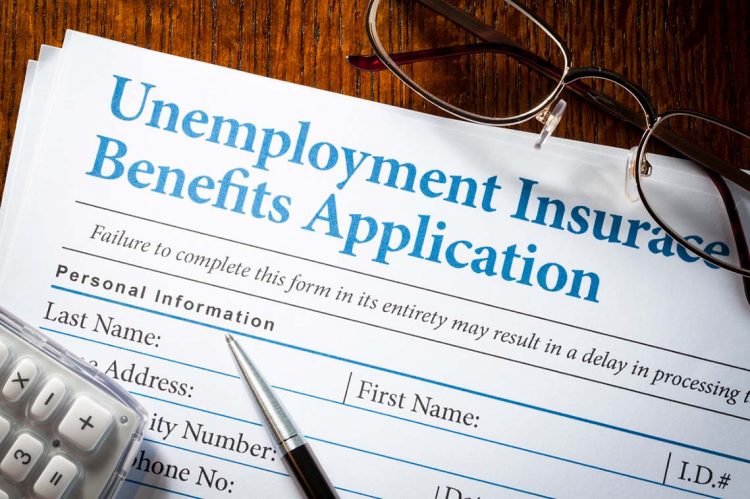The robust post-pandemic recovery in U.S. job growth had another strong showing last month, according to the latest report from the U.S. Bureau of Labor Statistics (BLS).
Based on Friday’s report, the U.S. economy added 431,000 jobs in March, dropping the national unemployment rate to 3.6%—down from 3.8% in February. The latest data marks 11 consecutive months of job growth.
It also marks a near pre-pandemic rebound in the unemployment rate. The national unemployment rate was 3.5% in February 2020.
Key findings:
- The unemployment rate declined by 0.2 percentage points to 3.6%in March, and the number of unemployed persons decreased by 318,000 to 6.0 million.
- Employment in leisure and hospitality grew by 112,000 jobs, the largest increase in March.
- Employment in professional and business services grew by 102,000 jobs in March.
- Manufacturing added 38,000 jobs in March, with employment in durable goods industries—which includes products used in homebuilding—up by 22,000
- Employment in construction continued to trend up in March, adding 19,000 jobs, and has returned to its February 2020 level.
The takeaway:
“Is the economy on the verge of overheating, which would then require the Federal Reserve to be even more aggressive to tame rapidly rising inflation?” asked Dr. Lawrence Yun, chief economist at the National Association of REALTORS®. “The latest jobs data, with the unemployment rate sinking to 3.6%, presents an incredibly tight job market. A net gain of 431,000 new jobs was added in March, bringing the total jobs recovery to 19 million since the lockdown two years ago. Another 1.5 million jobs are needed to match the prior peak observed before the ugly arrival of the pandemic. There are currently, in essence, two job openings for each unemployed person. That is why wages are rising by a hefty 6.8%. Workers are not better off, however, as inflation is running even higher at 7.9%.
Job gains are good, of course, but rising wages and prices are raising the prospect of potential stagflation—similar to economic conditions in the 1970s. The bond yields are touching 3-year highs in anticipation of aggressive rate hikes by the Fed. Mortgage rates consequently will also move higher. Recall they were 3% last year. Rates are now on the verge of touching 5%.
“For first-time homebuyers, the costs of buying the same home this year compared to just one year ago have risen by 40% from a combined impact of higher home prices and much higher mortgage rates. There will be an inevitable slowdown in home sales. Keep an eye on days-on-market and a decrease in multiple offers. Home sellers should not expect big easy profit gains.”
“Job gains were well above what can be sustained for the longer term, the unemployment rate dropped – despite a small increase in labor force participation, and wage growth increased again,” said Mike Fratantoni, SVP and chief economist at the Mortgage Bankers Association. “Furthermore, the job gains for both January and February were revised higher. While employment remains 1% below February 2020 levels, the gap is closing, with increases averaging 562,000 per month in the first quarter. The rapid drop in the unemployment rate says that the pool of potentially available workers continues to drain quickly. With the large number of job openings reported in the most recent data, there will continue to be significant upward pressure on wages, with wage growth over the last 12 months running at 5.6%.
Although mortgage rates have spiked more than half a percentage point over the past two weeks, reducing affordability for many potential first-time homebuyers, the increase in wages will certainly somewhat help offset that hurdle,” Fratantoni said. “And the confidence that many potential homebuyers have in their financial situation also benefits from this historically strong job market. We continue to expect that the Federal Reserve will move rates up expeditiously to counter surging inflation and that this report only adds more urgency to their plans to do so.”
“Job gains in March reinforce the idea that the job market is tight,” said Danielle Hale, chief economist at realtor.com®. “This is good news for workers but a growing concern for companies who are finding it challenging to attract and retain employees. Given this backdrop, I would expect earnings to increase, and indeed, hourly wages were up 5.6% and weekly wages up 4.6% from a year ago. While these wage gains outpace what has been typical of the last 40 years, they fall short of recent inflation, up 7.9% for the year ending in February.
The labor market is not yet fully recovered from its pre-pandemic level when it comes to job counts, as the number on payrolls remains 1.6 million or 1% shy of its February 2020 level, but the balance between those looking for a job and those looking to hire has largely recovered.
A strong labor market along with a generational tidal wave of young people at prime household formation and homebuying years bodes well for housing activity this year. However, these tailwinds are confronting a housing market that still offers relatively few for-sale homes for buyers to choose from, generally resulting in fast sales and high prices. These challenges are going to be compounded by rising mortgage rates, which are pushing monthly mortgage payments higher for today’s homebuyers even as inflation means budgets are stretched on expenditures such as groceries and gas. Double-digit growth in rents will motivate many would-be buyers to keep their home searches going so that they can lock in the bulk of their housing costs, but others may have to postpone searches, hoping instead that recently high construction figures continue to chip away at the 5.8 million home deficit and create buying opportunities down the road.”
 Jordan Grice is RISMedia’s associate online editor. Email him with you real estate news ideas, jgrice@rismedia.com.
Jordan Grice is RISMedia’s associate online editor. Email him with you real estate news ideas, jgrice@rismedia.com.












